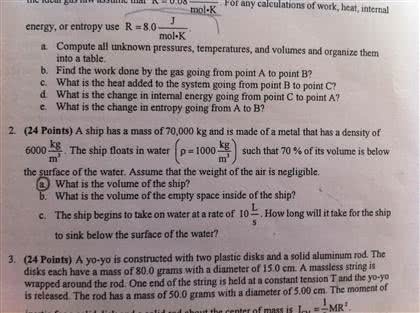GGR206H1 Study Guide - Final Guide: Onyx, Enterovirus, Turbidity
69 views10 pages
Document Summary
Covalent bond: each molecule of water share two electrons between the oxygen and two hydrogen atoms the hydrogen (positive) atoms are basically on one side of the molecule, whereas the oxygen (negative) atom is on the other side creating an electrostatic charge electrostatic charge effectively creates a very strong bond between adjacent water molecules resulting in high latent and specific heat values helps to create water cohesion qualities and surface tension which enables it to move through materials like soil via capillary action. Viruses are a large group of infectious agents, much smaller than bacteria, and are able to be viewed only through an electron microscope. They are not cells but biologically active particles. Viruses cannot multiply unless they infect a suitable host. The term protozoa refers to a collection of generally colourless, single celled organisms with a well defined nucleus. Protozoa are among the simplest of all living organisms.
Get access
Grade+20% off
$8 USD/m$10 USD/m
Billed $96 USD annually

Homework Help
Study Guides
Textbook Solutions
Class Notes
Textbook Notes
Booster Class
40 Verified Answers

